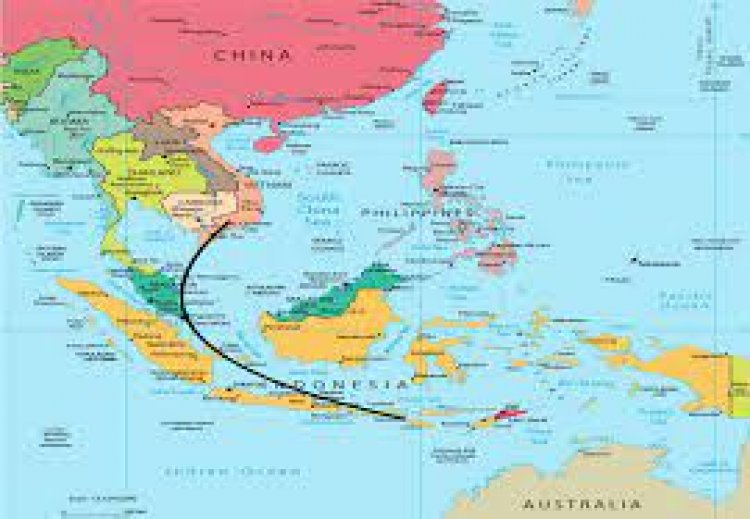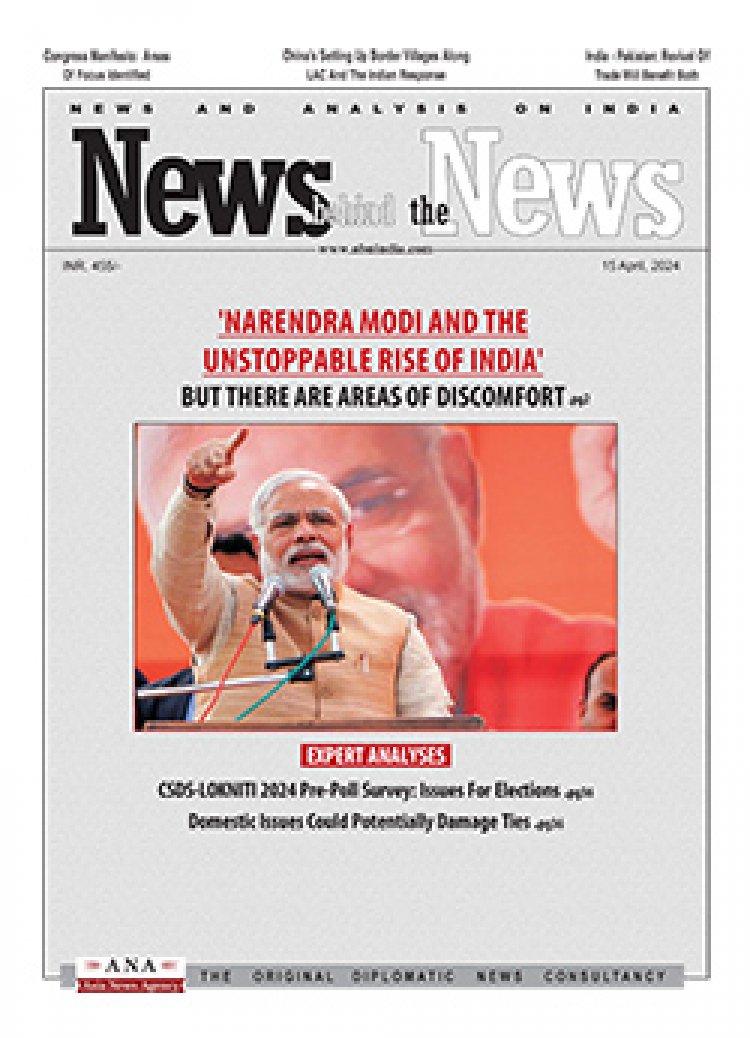Fine Tuning India’s Indo-Pacific Strategy to the Needs of India’s East
STORIES, ANALYSES, EXPERT VIEWS

The perceptions of India’s Indo-Pacific policy and strategy are different from those of the people in Northeastern and eastern India, writes Rajiv Bhatia (Distinguished Fellow, Gateway House, and a former Ambassador to Myanmar). “There, the more important issues still are the need to ensure adequate security, speed up economic development, and connect better with the rest of India and select South Asian and Southeast Asian nations. Hence, an effective way to work for a ‘free, open, inclusive, peaceful and prosperous’ Indo-Pacific is to see how these five characteristics may be made more applicable to our eastern region.”
Understanding priorities of people in the east
The Northeast which comprises seven ‘sisters’ or States and one ‘brother’, Sikkim, has been witnessing transformation as it heads towards better security conditions and development. Recent participation in policy conversations in Imphal, the capital of Manipur, one of the four States bordering Myanmar (Arunachal Pradesh, Nagaland and Mizoram are the others), says Bhatia “helped in clarifying local needs and priorities. Separately, wide-ranging interactions with the intelligentsia and artists in Kolkata shed light on how this major metropolis views the Indo-Pacific from the lens of culture. A key takeaway is that by absorbing and factoring in the perspectives of stakeholders at the ground level, the Indo-Pacific policy can deliver better results.”
Two Indo-Pacific conclaves
Both Indo-Pacific conclaves were hosted by the Asian Confluence, a think tank leading in the study of India’s Northeast. The first was in partnership with the Ministry of External Affairs and Manipur University, and the second had the United States Consulate General in Kolkata as the partner.
The Manipur conclave: The view from Manipur was that though security conditions have improved, “the core issues behind the insurgency have remained unresolved. The way forward was to address them substantially and accelerate the pace of development.” Bhatia notes the contrasting views of the government and the people on security assessments. The official perspective was that smuggling, drug trafficking, transnational border crime, insurgent activity, and the influx of refugees (from Myanmar) represented serious non-traditional threats. China was viewed as a ‘constant player’ behind these nefarious activities. This has necessitated vigilance and strict action by the Assam Rifles and other security agencies.
Local communities, however, expressed concern over the insensitive handling of those engaged in lawful exchanges with the neighbouring countries. A balanced view, according to Bhatia “indicates that considerable scope exists for more effective and people-sensitive border management in the future.”
The Kolkata conclave: At Kolkata, intellectuals and performers in the cultural domain from India, the U.S., Japan, Thailand, Sri Lanka, and Bangladesh reflected on the Indo-Pacific construct’s cultural dimensions. Clearly, notes Bhatia “expanding the reach of cultural diplomacy and people-to-people cooperation through greater educational exchanges, tourism, and trade is desirable."
Two conclusions
Bhatia notes “two common threads have emerged from recent exchanges. First, the growing significance of the Bay of Bengal region permeates the thinking of scholars. The concept of the Indo-Pacific seems distant, but the moment it is perceived as the outer circle of the Bay of Bengal and its littorals, it comes closer to home. Therefore, member-states need to invest more in the Bay of Bengal Initiative for Multi-Sectoral Technical and Economic Cooperation (BIMSTEC) to enhance its effectiveness. Second, in implementing India’s Indo-Pacific strategy, voices from Northeast and eastern India must be heard….”
















